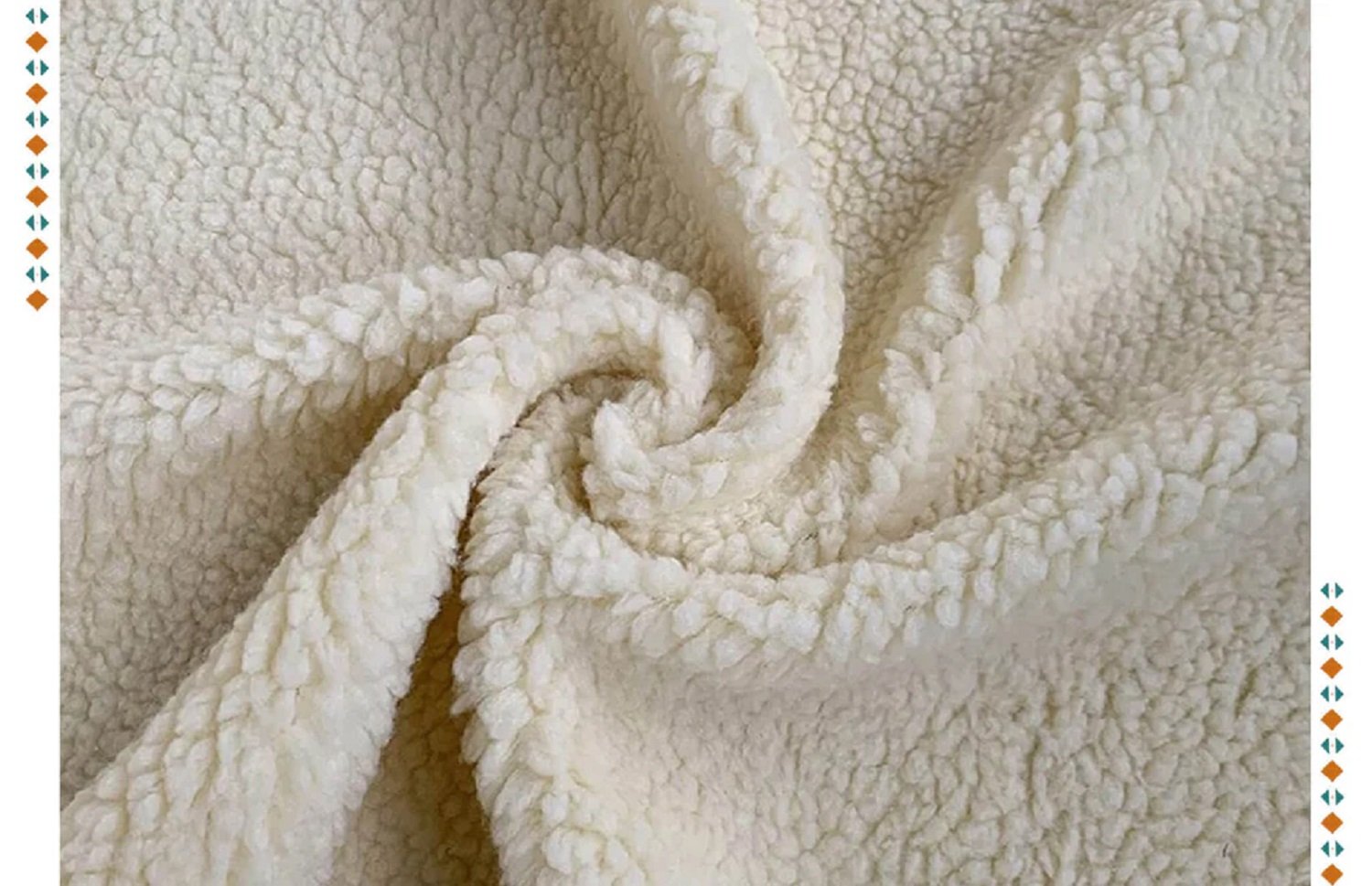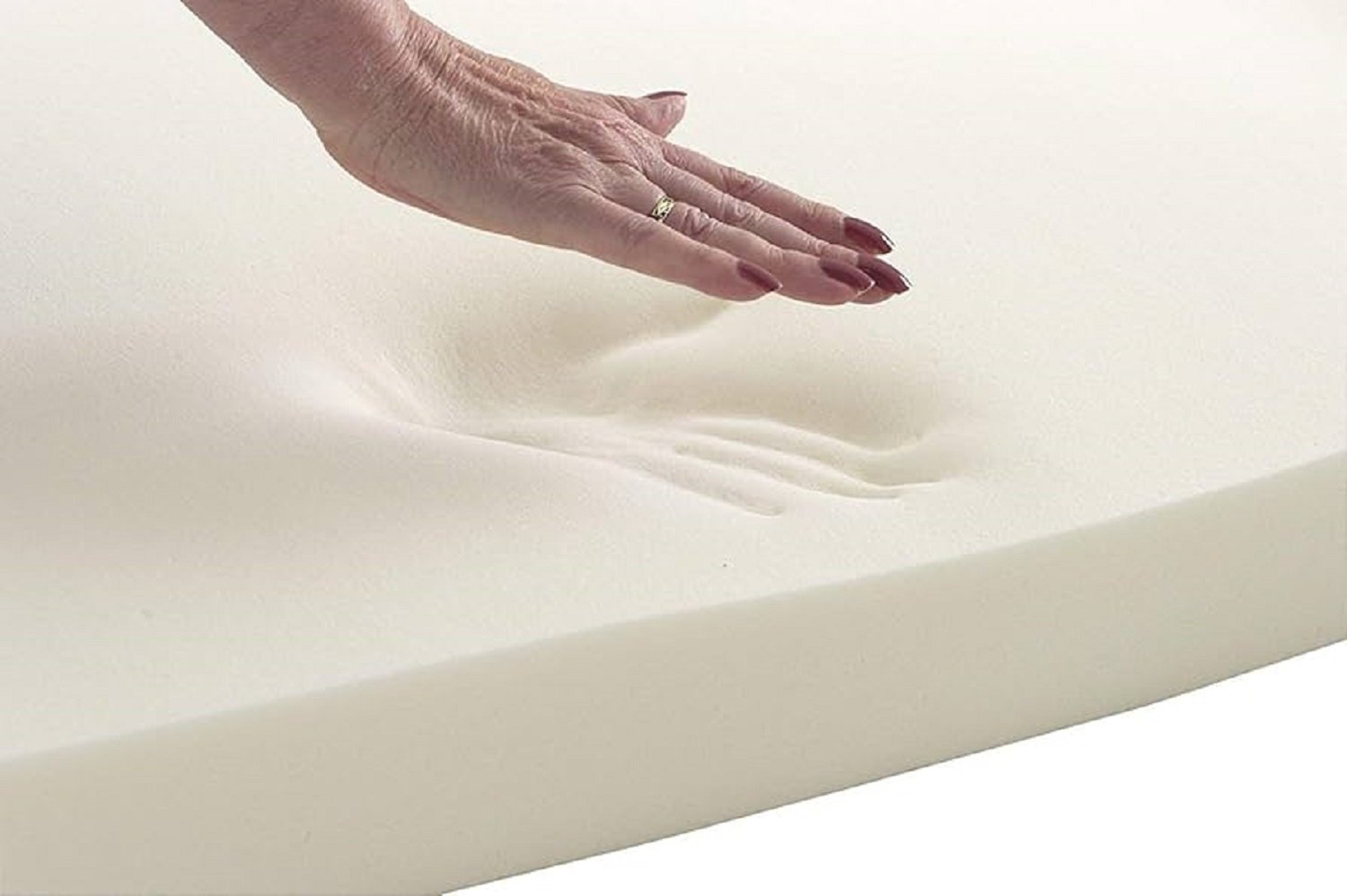Are your customers complaining about cold feet this winter? Do you want to offer them the warmest, most comfortable slippers possible?
There are several insole structures commonly used in winter slippers, each designed to enhance warmth, comfort, and support. The best choice depends on your target market and budget.

So, you are probably thinking, "Which insole structure is right for my slippers?" Well, keep reading to find out more.
What is the best insole structure for slippers designed for warmth?
Are your customers complaining about cold feet in winter, and do you want to address this issue? The PAS formula is very effective!
For ultimate warmth, insoles with multiple layers including fleece, felt, or faux fur are ideal, trapping heat and providing a cozy feel.

When it comes to winter slippers, the insole is the hero when it comes to comfort and warmth. There are several options I usually consider when designing slippers for my customers.
First, consider the classic fleece insole. Fleece is soft and fluffy, trapping air and insulating feet effectively. It is also relatively inexpensive, making it a great choice for mass production.
Second, is felt. Felt insoles add a layer of insulation and support. I like using felt as a base layer and then adding a layer of fleece or faux fur for extra warmth and comfort.
Third, is faux fur. Faux fur is the epitome of luxury and warmth. Insoles lined with faux fur feel incredibly soft against the skin and provide excellent insulation. But, they might be slightly more expensive, which may affect your budget.
Finally, think about layering different materials. Combining felt with fleece or faux fur maximizes warmth and comfort, as the layers work together to trap heat and cushion the foot.
Ultimately, the best insole structure will depend on your target customer’s needs and budget. But focusing on materials that trap heat will ensure warm and cozy feet all winter long.
What is the best insole structure for slippers designed for comfort?
Is your customer looking for slippers that feel like walking on clouds? You can give them that experience with the right insole!
For superior comfort, memory foam or gel-infused insoles are excellent choices. They conform to the foot, providing cushioning and pressure relief.

Comfort is king when it comes to slippers. The insole plays a huge role in determining how comfortable your slippers feel. Let’s explore some of the most popular options.
Memory foam is a classic for a reason. It molds to the unique shape of your foot, providing customized support and cushioning. Memory foam insoles distribute weight evenly, which reduces pressure points and makes them perfect for people who spend a lot of time on their feet.
Gel-infused insoles are another excellent choice for comfort. The gel adds an extra layer of cushioning and helps to absorb shock. This makes them ideal for people with sensitive feet or joint pain.
Then there’s orthotic support. While not always the most comfortable initially, insoles with built-in arch support can improve foot alignment and reduce pain in the long run. These are great for people with flat feet or plantar fasciitis.
I sometimes combine different materials to maximize comfort. For example, a memory foam insole with a gel insert can provide both cushioning and shock absorption.
Remember to consider the thickness of the insole. A thicker insole will generally provide more cushioning, but it can also make the slipper feel tighter. So, choose wisely based on your customer’s preferences.
What is the best insole structure for slippers designed for support?
Are your customers complaining about foot pain after wearing slippers for a long time? You need to offer support!
For enhanced support, insoles with arch support or a contoured design can improve foot alignment and reduce strain on the joints.

Supportive insoles are important, especially for customers who need more arch support. So, let’s take a look at the options that I have had success with.
Insoles with built-in arch support are designed to cradle the arch of the foot, preventing it from collapsing inward. This can help improve posture and reduce pain in the feet, ankles, and knees.
Contoured insoles follow the natural curves of the foot, providing support and stability. They can help distribute weight evenly and prevent pressure points.
Also, consider a rigid heel cup that adds stability and helps to prevent the foot from rolling inward or outward. This is especially important for people with overpronation or supination.
The materials used in the insole can also affect its level of support. Firmer materials like cork or EVA provide more support than softer materials like memory foam.
I always suggest that my customers work with a podiatrist or other healthcare professional to determine the best type of supportive insole for their individual needs.
Conclusion
In conclusion, choosing the right insole structure is key to creating winter slippers that are warm, comfortable, and supportive for your customers.

